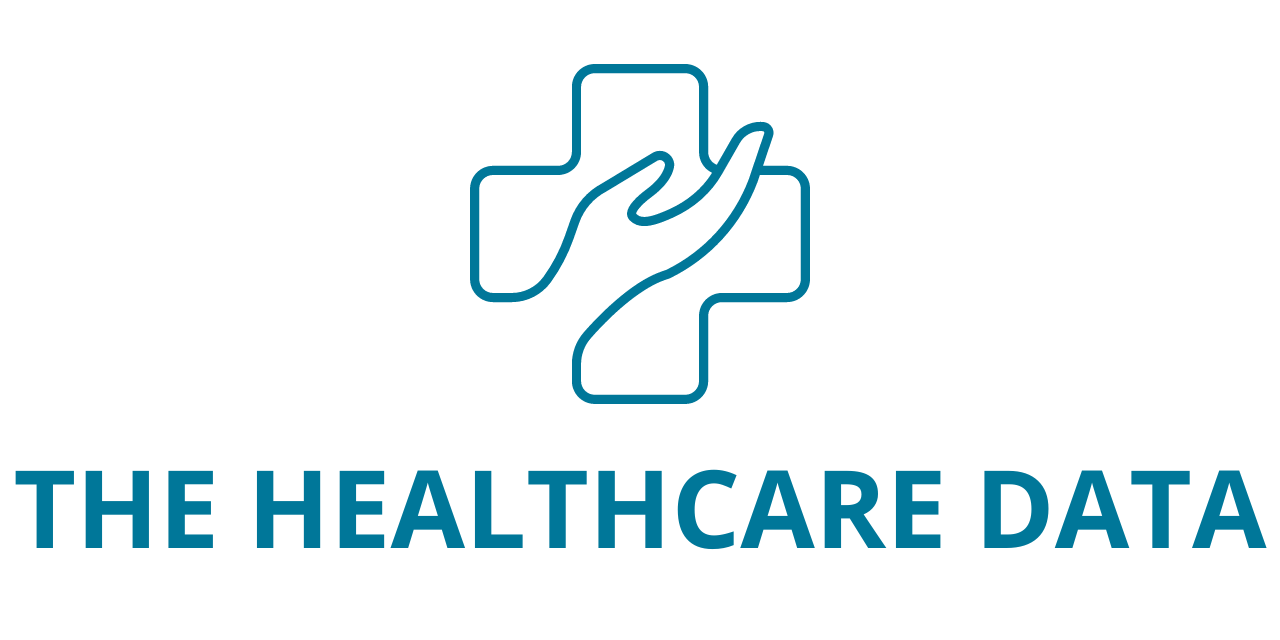
The World Health Organization reports that breast cancer was the most commonly diagnosed cancer among women in 157 out of 185 countries in 2022. That year, 2.3 million women were diagnosed with breast cancer, and tragically, 666,000 lost their lives to the disease. In South Africa, breast cancer accounts for 23.1% of all cancer cases among women.
Understanding treatment options—varying by type, location, and stage of cancer—is crucial for those diagnosed. Treatment options may include surgery, chemotherapy, radiotherapy, or a combination of these, giving patients a sense of control over their care.
Various diagnostic tests aid in staging cancer and formulating treatment plans, including blood tests, bone scans, CT scans, MRI scans, and positron emission tomography-computed tomography (PET-CT) scans.
PET-CT scans combine PET and CT imaging, a best practice in nuclear medicine. These scans use a small amount of radiotracer to produce three-dimensional images that detect abnormal metabolism, such as breast cancer sites.
“PET-CT combines detailed CT images of the body’s structure with PET images showing cellular activity. Cancer cells are typically more active and appear brighter on the PET scan, making detection easier,” explains Dr. Holger Wellman, Oncology Clinical Lead at Life Healthcare.
This advanced technology helps specialists accurately locate tumors and assess the extent of the disease, aiding in staging and treatment planning. “With information from the PET-CT scan, oncology teams can better manage a patient’s treatment,” adds Dr. Wellman.
Beyond detection, PET-CT scans help healthcare professionals evaluate treatment effectiveness and personalize cancer management plans. They can also identify cancer recurrence after remission.
International evidence shows that PET-CT scans are more cost-effective and accurate for oncology investigations compared to conventional diagnostic scans. However, a Life Healthcare research paper reveals a significant gap in PET-CT usage in South African cancer diagnostics and management, with only 20,000 scans performed annually in both the private and public sectors. In contrast, the UK conducts 231,000 and Australia 118,000 scans each year.
The report highlights that PET-CT imaging yields better diagnostic results and treatment outcomes for breast cancer than conventional methods. It identifies inconsistent funding and referral pathways as major barriers to wider adoption and suggests alternative reimbursement models to overcome these obstacles.
To align with international best practices, the report recommends integrating PET-CT scans into standard clinical practice in South Africa. Breast cancer patients should discuss PET-CT scans with their specialists and seek authorization from their medical aid before proceeding.





